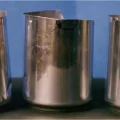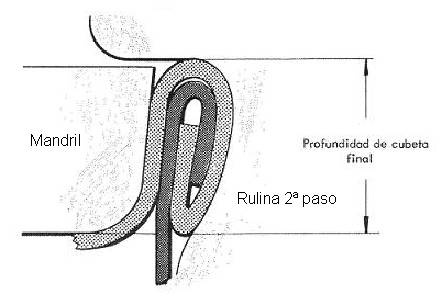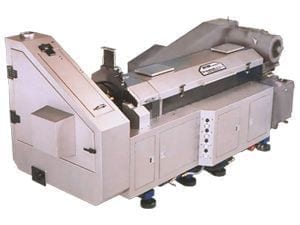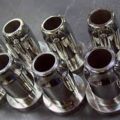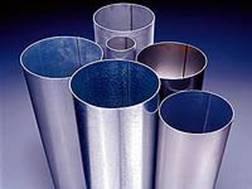Introduction
The bodymaker is a crucial machine in the can manufacturing process, responsible for reducing the diameter and sidewall thickness of the cup while extending its height. A common defect that can occur during this process is the “short trim” defect. This article aims to provide a comprehensive understanding of the short trim defect, its causes, and possible remedies.
Body
- The Bodymaker Process
The bodymaker utilizes a tool pack to draw the cup through a set of tools, such as redraw, ironing no. 1, 2, and 3, and finally, forming the bottom of the can. Each ironing step has a smaller inside diameter, causing the can wall thickness to decrease. This reduction in the sidewall thickness can sometimes lead to the continuity of the material being broken, resulting in the short trim defect.
- Causes of Short Trim Defect
The short trim defect can be attributed to various factors, including:
a. Misalignment of tooling: Improper alignment of the tools in the bodymaker can lead to uneven can height and, subsequently, the short trim defect.
b. Improperly ground dies: If the dies used in the bodymaker process are not ground correctly, it can result in uneven can height and contribute to the short trim defect.
c. Material build-up on the punch: Accumulation of material on the punch can cause uneven can height, leading to the short trim defect.
- Remedies for Short Trim Defect
To address the short trim defect, the following remedies can be implemented:
a. Re-align the tooling: Ensuring that the tools in the bodymaker are correctly aligned can help prevent the short trim defect.
b. Return dies to the toolroom: If the dies are found to be improperly ground, they should be returned to the toolroom for correction.
c. Polish or replace the punch: If material build-up is found on the punch, it should be polished or replaced to prevent the short trim defect.
Conclusion
The short trim defect in the bodymaker process can lead to a significant loss in production efficiency and product quality. By understanding the causes of this defect and implementing the appropriate remedies, manufacturers can effectively address the issue and maintain a high level of production quality.


